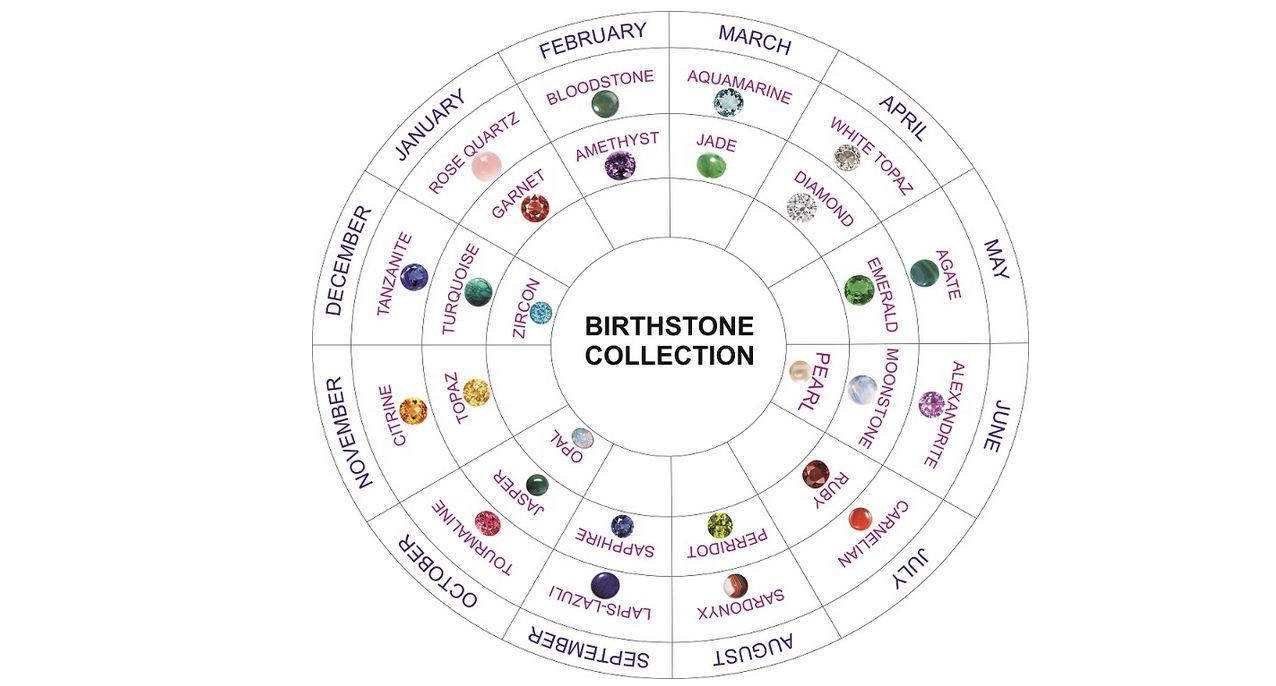
Known as the “king of all birthstones”, diamonds are a gem that almost everyone loves no matter what month you were born in!
The word diamond is adopted from the Greek word, Adamas, meaning “invincible”. The name reflects the stone’s physical properties due to the fact that diamonds are the hardest known element found on Earth; and are virtually indestructible! Forming for billions of years, diamonds can actually be round in every color of the rainbow. Color depends on the type of impurities found inside the stone. For example, diamonds with a yellow hue have traces of nitrogen, while more blue stones have traces of boron.
 History:
History:

Over the course of human history, almost every ancient culture had some sort of contact with the indestructible stone. The first discovery of diamonds can be traced as far back as 6,000 years ago! Records can show that ancient peoples used the unbreakable stone to carve their tools and other items our of wood and other rocks. Other civilizations like the Greeks and Romans believed that the gems were crystalized shooting stars that had fallen to the Earth, or that they were the tears of the weeping Gods above. It wasn’t until the Renaissance period that diamonds were first used as engagement rings. The trend was not very popular and only among the royal and wealthy.
However, in today’s world diamonds are extremely popular across the globe. They are used as adornments in jewelry and accessories due to their sheer beauty, their brilliance, and their indestructability. In 1947, a campaign launched that would change the diamond industry forever. Perhaps you’ve heard the saying, “Diamonds are Forever”? The De Beers jewelry company, founded in 1888 in London, coined the term. It means that a diamond is a never-ending sign of love, and that this particular gem would always keep its value. The company also identified the industry’s first diamond grading system, known as the 4C’s (Carat, Cut, Color, Clarity). Almost every gemologist across the globe uses this system to grade and define diamonds!
Symbolism:
The immaculate gemstone first and foremost symbolizes love. The offering and acceptance of a diamond engagement ring represents a promise between two people to spend the rest of their lives together. Because of the stone’s known hardness, it symbolizes a deep everlasting love, purity, and faith. Diamonds also represent births during the month of April and 60th year of marriage. Finally, diamonds are a symbol of timelessness; mainly due to their physical attributes. The gems have been deemed the nickname, “The Stone of Immortality”, which may have led to the cause for the celebrated saying, Diamonds are Forever.
Mystical Properties:
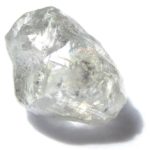
Over the course of human history, and through hundreds of cultures and civilizations, diamonds have always been associated with improving the wearer’s life in several ways, specifically though… bringing clarity of the mind to wearer. Still to this day, it’s believed that the gem has the ability to reduce stress, fear, emotional pain and negative energies; all while attracting strength, power, creativity and innocence to the one who wears it. It’s rumored, that sporting this stone will help one accomplish the dreams and destiny.
This list properties and benefits diamonds can bring a wearer goes on and on. Recognized as the king of all birthstones, babies born in April sure are lucky! No matter your birth month though, you can never go wrong with the timeless gift of diamond jewelry.


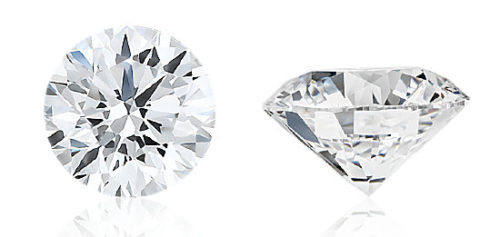 History:
History: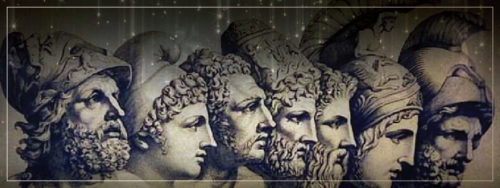

 and “marine” meaning sea, which together translates into “water of the sea”. Age-old stories were told of the gem being the treasure of sea witches (aka MERMAIDS!). They cleansed the gems in the ocean by the light of the full moon, and the gems were washed up on shore. because of its connection with the sea, sailor would wear the stone on voyages and believed it promised good luck and safe passage across stormy seas.
and “marine” meaning sea, which together translates into “water of the sea”. Age-old stories were told of the gem being the treasure of sea witches (aka MERMAIDS!). They cleansed the gems in the ocean by the light of the full moon, and the gems were washed up on shore. because of its connection with the sea, sailor would wear the stone on voyages and believed it promised good luck and safe passage across stormy seas.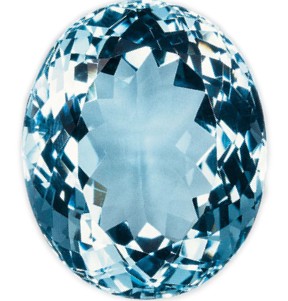 youth, health, and hope throughout dozens of ancient cultures. Aquamarine was thought to reawaken the love of married couples. The ancient Romans believed the gem would absorb the atmosphere of young love, making it a very popular morning gift for a groom to give his new bride.
youth, health, and hope throughout dozens of ancient cultures. Aquamarine was thought to reawaken the love of married couples. The ancient Romans believed the gem would absorb the atmosphere of young love, making it a very popular morning gift for a groom to give his new bride.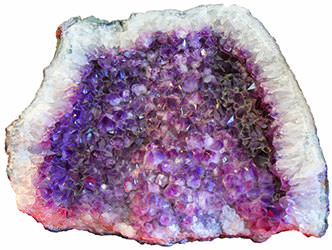
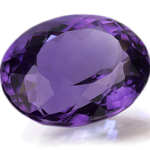

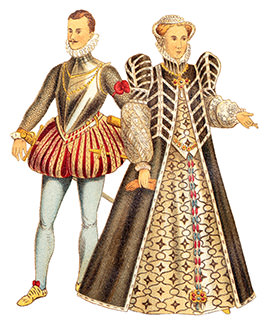 Like we said earlier, amethyst is the gem that modernly symbolizes the month of February and the 6th anniversary of marriage. During the Renaissance period, amethyst stood for humility and modesty. Throughout the ages, the gem was also used by rich and powerful monarchs for symbolize royalty. It’s rumored that the gemstone was a personal favorite of Queen Katherine the Great of Russia, who reigned during the late 1700s. Amethyst has always been a symbol of religious classes that have ruled human cultures. In the Chinese philosophy of Feng Sui, amethyst is said to give and receive material wealth. At the highest level of the philosophy, the gem is said to give the spiritual understanding required to reach the state of bliss. Even today, amethyst represents the crown chakra at the top of the head where divine essence enters.
Like we said earlier, amethyst is the gem that modernly symbolizes the month of February and the 6th anniversary of marriage. During the Renaissance period, amethyst stood for humility and modesty. Throughout the ages, the gem was also used by rich and powerful monarchs for symbolize royalty. It’s rumored that the gemstone was a personal favorite of Queen Katherine the Great of Russia, who reigned during the late 1700s. Amethyst has always been a symbol of religious classes that have ruled human cultures. In the Chinese philosophy of Feng Sui, amethyst is said to give and receive material wealth. At the highest level of the philosophy, the gem is said to give the spiritual understanding required to reach the state of bliss. Even today, amethyst represents the crown chakra at the top of the head where divine essence enters.
 The word garnet is originally derived from the Latin word, ‘garantum’, meaning seed. This name for the gem came to be because of the gem’s resemblance to the bright, beautiful red seeds of the pomegranate. Although the most common garnet range in tones of
The word garnet is originally derived from the Latin word, ‘garantum’, meaning seed. This name for the gem came to be because of the gem’s resemblance to the bright, beautiful red seeds of the pomegranate. Although the most common garnet range in tones of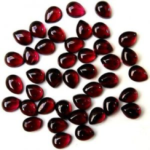
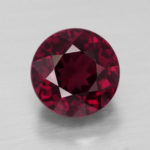 The list of symbolic meanings for wearing the garnet goes on and on. Not only is garnet the designated gem for births in the month of January, it also symbolizes the the 2nd anniversary of marriage. For centuries, garnet’s virtues have been believed to include passion, eternity, and love. One of the stone’s strongest virtues is the ability to help overcome depression. It was believed that the stone could dissolve behavior that is no longer positive, and aids in letting go of useless or old ideas. Supposedly, the garnet gemstone has extreme benefits in the realm of business. It’s said that the stone attracts people to the wearer which aids in business as well as personal success!
The list of symbolic meanings for wearing the garnet goes on and on. Not only is garnet the designated gem for births in the month of January, it also symbolizes the the 2nd anniversary of marriage. For centuries, garnet’s virtues have been believed to include passion, eternity, and love. One of the stone’s strongest virtues is the ability to help overcome depression. It was believed that the stone could dissolve behavior that is no longer positive, and aids in letting go of useless or old ideas. Supposedly, the garnet gemstone has extreme benefits in the realm of business. It’s said that the stone attracts people to the wearer which aids in business as well as personal success!

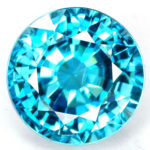 fun to research and learn about because of the range of legends, mystical properties, and trends the gem has curated over time and throughout different cultures. During the middle ages, people believed that zircon can induce sleep, promote prosperity, and even ward off evil. The gem was most popular, however, during the Victorian age, in English estate jewelry throughout the late 1800s.
fun to research and learn about because of the range of legends, mystical properties, and trends the gem has curated over time and throughout different cultures. During the middle ages, people believed that zircon can induce sleep, promote prosperity, and even ward off evil. The gem was most popular, however, during the Victorian age, in English estate jewelry throughout the late 1800s.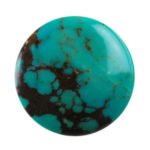 Turquoise has been admired since ancient times and across TONS of cultures. The word, turquoise, dates back to the 13th century. It’s meaning: “Turkish Stone”. The stone was introduced to Europe by travelers from Turkey. With a powdery blue to robin’s egg green color, it’s an easily recognizable gem to trace back through cultures.
Turquoise has been admired since ancient times and across TONS of cultures. The word, turquoise, dates back to the 13th century. It’s meaning: “Turkish Stone”. The stone was introduced to Europe by travelers from Turkey. With a powdery blue to robin’s egg green color, it’s an easily recognizable gem to trace back through cultures.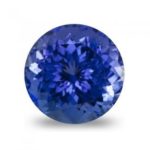 become its main distributor. The company is actually who deemed the stone’s names as “Tanzanite” in order to highlight the stones exclusive geographic origin. They introduced the gem to the public with a promotional campaign in 1968.
become its main distributor. The company is actually who deemed the stone’s names as “Tanzanite” in order to highlight the stones exclusive geographic origin. They introduced the gem to the public with a promotional campaign in 1968.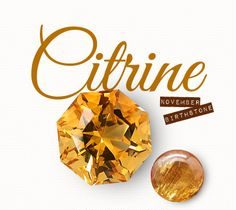 Hello! HAPPY THANKSGIVING! Our favorite holiday. Not only for the pie- but for the shopping! The start of the holiday season is always the best. It calls for baking cookies and snuggling up next to the fire, and concocting a well-thought-out list for the big man in red. (plus, it never hurts to hand out the list to your loved ones!) Most people build a list based on the winter season; things like snowboards, remote car-starters, and heated blankets are commonly asked for here in Montana (and for those others who actually get to experience a white Christmas!).
Hello! HAPPY THANKSGIVING! Our favorite holiday. Not only for the pie- but for the shopping! The start of the holiday season is always the best. It calls for baking cookies and snuggling up next to the fire, and concocting a well-thought-out list for the big man in red. (plus, it never hurts to hand out the list to your loved ones!) Most people build a list based on the winter season; things like snowboards, remote car-starters, and heated blankets are commonly asked for here in Montana (and for those others who actually get to experience a white Christmas!).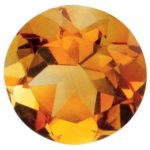 For centuries, citrine gemstones have been sought after for their healing properties. The warm golden yellows were known to be used to purify the body of toxins, strengthen the immune system, and improve blood circulation. The gem’s vibrant hues were thought to have to ability to elevate your moods, and treat depression and even heartache! (Talk about powerful!) Now although most don’t believe in the healing powers of crystals and minerals that are trending though pop culture right now, the association of citrine with health, hope and joy remains!
For centuries, citrine gemstones have been sought after for their healing properties. The warm golden yellows were known to be used to purify the body of toxins, strengthen the immune system, and improve blood circulation. The gem’s vibrant hues were thought to have to ability to elevate your moods, and treat depression and even heartache! (Talk about powerful!) Now although most don’t believe in the healing powers of crystals and minerals that are trending though pop culture right now, the association of citrine with health, hope and joy remains!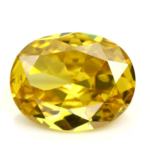 Both citrine and topaz are known for their calming energies, and bringing warmth and fortune. They actually look so similar that throughout history, they’ve often been mistaken for one another. (only the yellow topaz, of course!). Because of all the color topaz occurs in, it’s been mistaken for many other gems over history as well. Most natural topaz is a pale blue shade, while the most rare and valuable topaz is yellow, or pink to reddish-orange; while red and violet shades are incredibly rare. These gems are commonly treated to enhance their hues for jewelry.
Both citrine and topaz are known for their calming energies, and bringing warmth and fortune. They actually look so similar that throughout history, they’ve often been mistaken for one another. (only the yellow topaz, of course!). Because of all the color topaz occurs in, it’s been mistaken for many other gems over history as well. Most natural topaz is a pale blue shade, while the most rare and valuable topaz is yellow, or pink to reddish-orange; while red and violet shades are incredibly rare. These gems are commonly treated to enhance their hues for jewelry.

